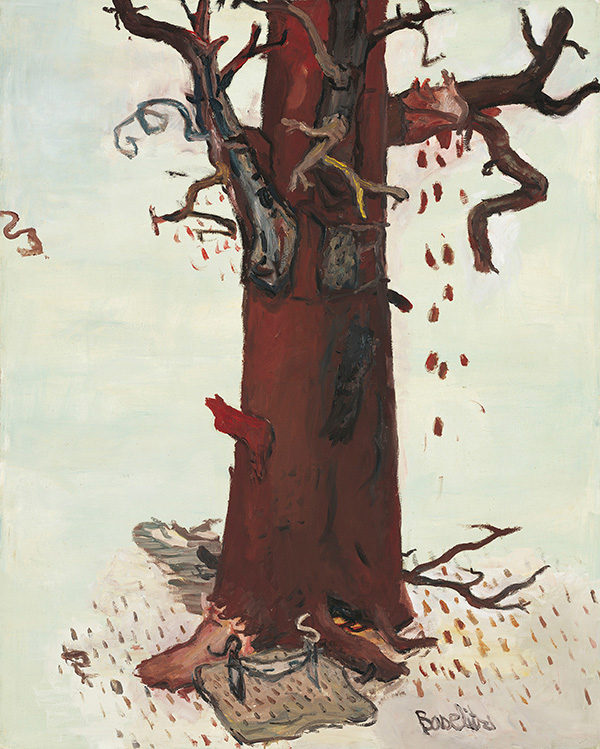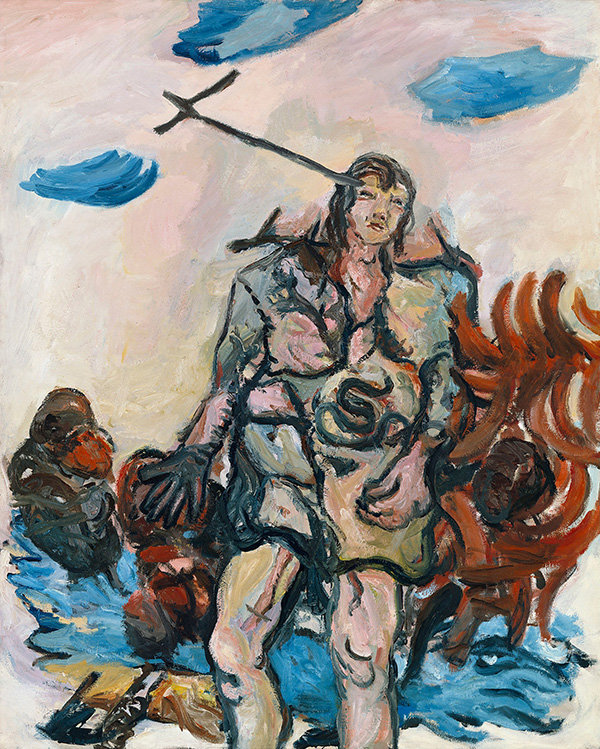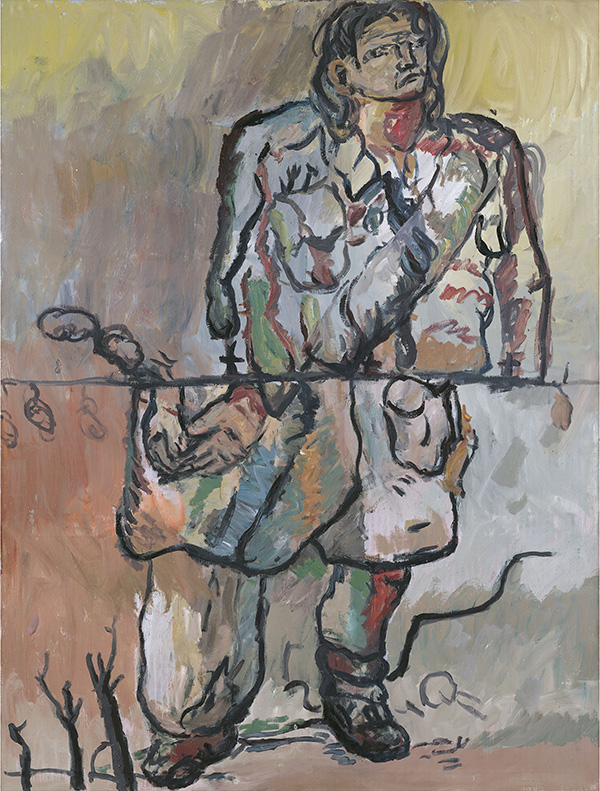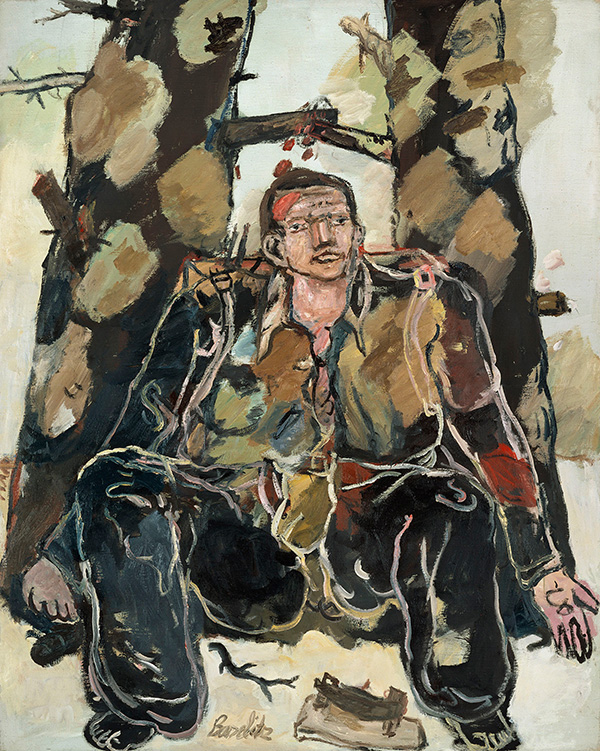ART-PRESENTATION: Georg Baselitz-The Heroes
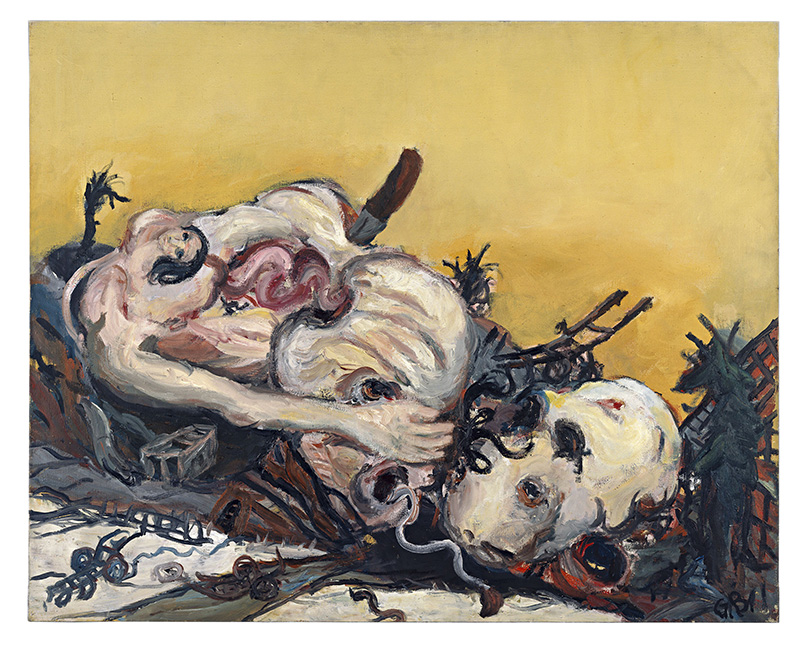 Briefly trained in the officially sanctioned Social Realism of East Berlin, Georg Baselitz soon moved to West Berlin, and encountered Abstract Art. Ultimately, he was to reject both options. While others turned to Conceptual Art, Pop Art, and Arte Povera, Baselitz revived the German Expressionism that had been denounced by the Nazis, and returned the human figure to a central position in painting.
Briefly trained in the officially sanctioned Social Realism of East Berlin, Georg Baselitz soon moved to West Berlin, and encountered Abstract Art. Ultimately, he was to reject both options. While others turned to Conceptual Art, Pop Art, and Arte Povera, Baselitz revived the German Expressionism that had been denounced by the Nazis, and returned the human figure to a central position in painting.
By Efi Michalarou
Photo: Moderna Museet Archive
Georg Baselitz’s work evokes disquieting subjects rendered feverishly as a means of confronting the realities of the modern age, and explores what it is to be German and a German artist in a postwar world. The exhibition “Georg Baselitz: The Heroes” at Moderna Museet in Stockholm, is the first major presentation of Baselitz’s early oeuvre and his controversial breakthrough, featuring some 30 paintings and 20 drawings, most of which have never before been shown in Sweden. Aged 27, Baselitz created the paintings that later became known as “Heroes” and “New Types”. These raw and expressive paintings portray broken, vulnerable men in apocalyptic, ravished landscapes. Certain figures recur in Baselitz’s art, like social rejects, in his world, the heroes are tragic failures. When Georg Baselitz was branded as being “sociopolitically immature”, expelled from Art College in East Berlin, and the police confiscated the works from his first exhibition in the West, he soon won the reputation of being a romantic outsider on the Art Scene. Neither Social Realism, Pop Art ,nor Minimalism interested Baselitz. He describes how he grew up in a period where all order had been demolished, and he did not want to create a new one. Baselitz has remained sceptical of all ideologies throughout his life. It is hard to overestimate his impact on the postmodern and neoexpressionist “Wild” painting of later generations. The exhibition also features a few of his so-called “Fracture Paintings”. Here, the motif looks from a distance as though cut up and sewn together, but the fractures are, in fact, painted.
Info: Curators: Eva Mongi-Vollmer and Magnus af Petersens, Moderna Museet, Skeppsholmen, Stockholm, Duration: 11/11/16-19/2/17, Days & Hours: Tue & Fri 10:00-20:00, Wed-Thu 10:00-18:00, Sat-Sun 11:00-19:00, www.modernamuseet.se
